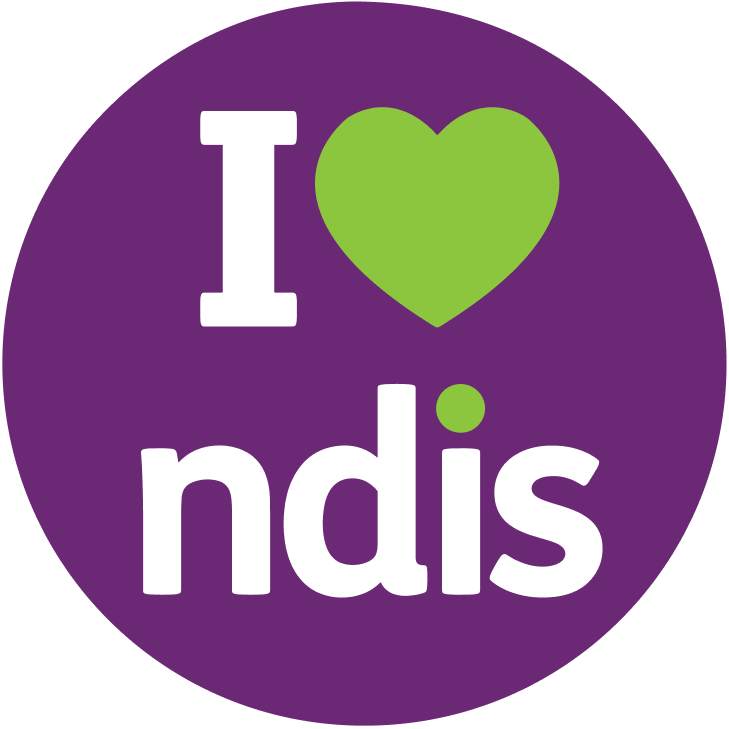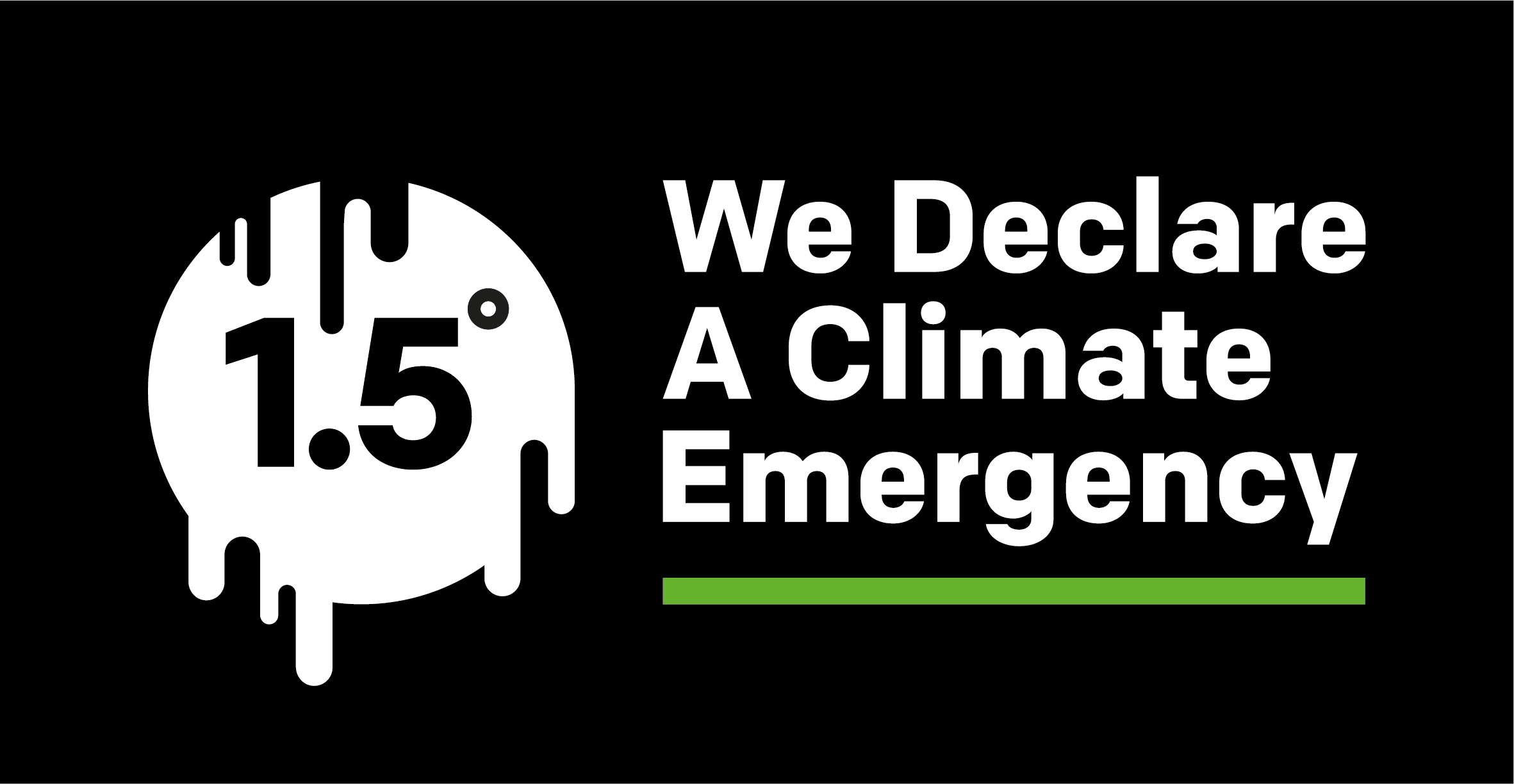Note-Writing Guide
Concise, objective progress note-writing is required by allied health assistants at the conclusion of all their sessions.
Last updated 31st August 2022
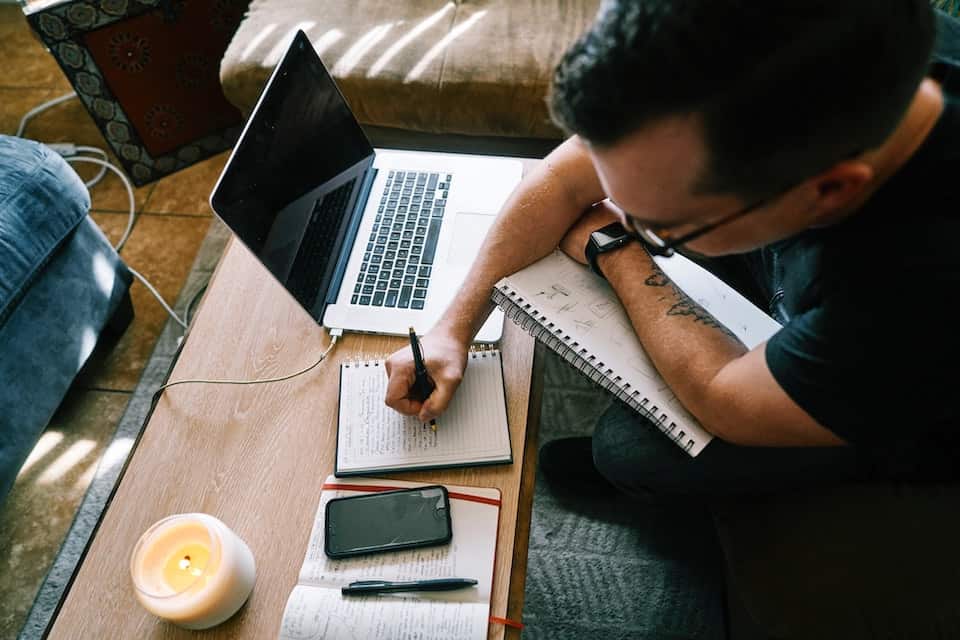
A field note contains:
- When the session occurred
- Who was present during the session
- What occurred during the session
- The plan for the next session
Why do we write field notes?
- To enable good communication within the individual’s team
- To accurately record and monitor an individual’s progress
When do I write my field note?
To ensure the details of the assist are fresh in your mind, it is best to log your sessions as soon as possible after you’ve finished with your client. To log your session you will be prompted to enter the date at which the session occurred, the start and finish times of the session, and your field note.
How do I write a field note?
Fora field notes take the form of a modified SOAP note, consisting of four sections; Present, Subjective, Objective and Plan.
Assessment is not included because allied health assistants should not be interpreting data to make assessments of the client’s condition. If you have an idea about why your client is succeeding or struggling, please bring this up when you speak with your client’s allied health professional.
Subjective: How did the client present? What did the client/their family report?
Did the client report feeling well, fatigued, sick? Did the client consent to you being there? Did the parent, carer or family member mention anything of concern? Has somebody mentioned something out of the ordinary?
Try to take note of your client’s complete statement and enclose it in quotes.
For example:
“Client states: “My throat is sore. My body hurts and I have a fever. This has been going on for 4 days already.””
Or:
“John’s mother states John has been feeling restless recently which has been affecting his ability to concentrate”.
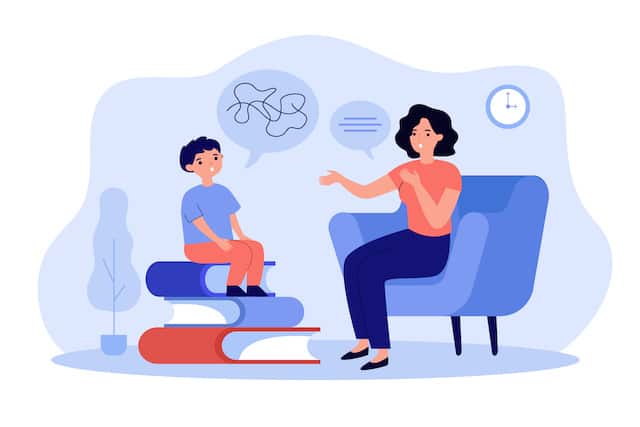
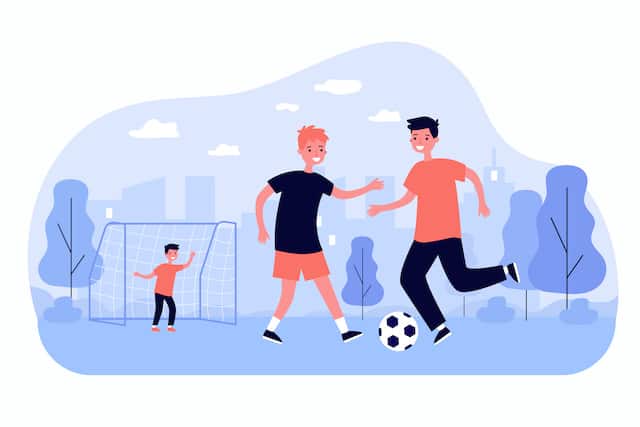
Objective: What did you actually do during the session? What goals did each activity address? How accurate was the client’s performance? What type/level of support was required?
Describe what you did, and how the client performed. Include any numerical objectivity, e.g time spent doing a task, number of repetitions of a task. Importantly, this section only describes the events that took place, and does not include any assessments based on the events.
For physiotherapy and exercise physiology this may include reps and sets for any tasks performed. If there is no numerical objectivity, outline the tasks you did.
For example:
“The following exercises were completed:
– Walking: Assisted x2 with walking frame ~ 200m (standing breaks every 40m, sitting break at halfway). Client’s wife guided in front whilst I supported from the sides and back.
– Sit to stands with Client’s wife supporting wheelchair from behind
– Upper limb weights in WC (3kg): bicep curls 3 x 10 each, shoulder press 2 x 10 each (assisted)”
Plan: What will occur next and when?
Include a short description of your plan moving forward. If everything went smoothly during your session, your plan might simply be to continue as per the current therapy plan. If issues arose during the session, your plan might be to inform your client’s therapist or family at your next session together or to contact Fora.
For example:
“Repeat session next Tuesday as per client’s physiotherapy plan”
Or:
“- Inform client’s mother of challenging behaviours identified during this assist.
– Submit incident report through Fora”

Putting it all together
Find below de-identified examples of high quality allied health assistant notes for the disciplines:
- Speech Pathology
- Occupational Therapy
- Physiotherapy
12th January 2022 5:30pm
Present: Jason Yamada (Client), Yukari Yamada (Client’s mother), Claire Butcher (AHA)
ID plus consent gained to participate in therapy.
S: Jason seemed less responsive today and difficult to engage.
O: CVC wordlist: Jason practised producing final consonants at sentence level in 30 CVC words. 75% accurate.
Conversation: Jason produced /s/ in all positions during conversation with minimal cueing (pointing to /s/ visual).
P: Continue working on final consonants in structured speech activities.
9th September 2022 1:30pm
Present: Michael Hutchins (Client), Samantha Hutchins (Client’s wife), Jane Smith (AHA)
ID plus consent gained to participate in therapy.
S: Client’s wife: “He seems to be speaking much more clearly today, and seems to understand me better”.
O: Completed word retrieval activities (labelling grocery items) with 70% accuracy (7/10). Phonemic cueing was needed for 4 items.
Followed 2-step commands (e.g. “Find your iPad then put it in your bag”) with 60% accuracy (6/10). Visual cueing was needed for 2 items. Repetition was needed for 4 items.
Wrote single, 2-syllable words with 70% accuracy. Some grammatical and spelling errors.
Written homework assignment (writing Client’s children’s names) completed with only 2 spelling errors.
P: Continue with all current goals. Review with Speech Therapist in one month.
12th January 2022 8:30am
Present: Jaxson Cleary (Client), Janice Cleary (Client’s mother), Tobias Woods (AHA)
ID plus consent gained to participate in therapy.
S: Client’s mother reported: “Jaxson was in a great mood today and is starting to get the hang of things.”
O: Client completed dressing exercise with minimal support and used the dressing song as a guide. Verbal and 1x manual assistance were required for shirt buttons.
Client was able to independently put on his pants (as per previous note).
Client completed 30mins of school homework to practice his grasp. Client was independent 70% of the time and demonstrated a tripod grasp. Client required verbal prompting and 1x hand-over-hand physical support to hold the pencil correctly every 7-8 occasions.
P: Continue with current goal and progress monitoring. Review with OT in one month.
24th January 2022 5:30pm
Present: Grace Donovan (Client), Bruce Donovan (Client’s father), Rebekah Lim (AHA)
ID plus consent gained to participate in therapy.
S: Client’s father: “Grace was a bit tired today after school, however she perked up after a snack and was back to her usual self thereafter.”
O: Improving fine motor skills:
Grace was able to independently use standard scissors to cut shapes from paper. Shapes had thick 1cm borders to support following the lines. She required verbal prompting to turn the page as she is cutting. Cut lines are jagged. Grace demonstrated being able to hold the scissors in 1 hand and stablise the paper and rotate appropriately to cut using her other hand.
Grace independently cut 5 shapes (rectangle, square, circle, triangle, heart) without support.
Improving balance:
Grace engaged with balancing on the beam for 20mins. Grace independently collected items placed on beam by AHA and remained balancing for 10mins. Grace required verbal prompts to place feet at appropriate distances.
P: Continue with current goal. Grade up activity by reducing verbal cues. Follow up with OT in 2 weeks.
2nd January 2022 12:30pm
Present: Angelo Dimopoulos (Client), Maria Papanikolou (Client’s school teacher), Juan Fernandez (AHA)
ID plus consent gained to participate in therapy.
S: Client’s teacher: “Angelo had a lot of energy today so it took some time to calm him down after lunch”
O: Angelo practised writing capital letters ‘A-G’. He had difficulties writing 2/10 capital letters (‘E’ and ‘F’) but was able to do this exercise with physical (hand-over-hand support) and visual prompts of letter directionality.
P: Continue with current activity schedule as goal has almost been reached. Provide email feedback to OT.
22nd December 2022 2:30pm
Present: Giacomo Foscolos (Client), Susan Foscolos (Client’s wife), Sarah Peterson (AHA)
ID plus consent gained to participate in therapy.
S: Client reports still feeling shaky and weak after surgery.
O: Client able to perform sit to stand with 1x minimal assistance from AHA. Client guided to step with 1x minimal physical support and required frequent verbal prompts. Client supported slowly down front 5 steps with 1x manual assistance (AHA support L hand side, client R hand holding onto rail). After retrieving mail, Client was guided up 5 steps with 1x manual assistance. No falls or trips observed.
P: Continue with current activity every day. Physiotherapist review in 1 week.
